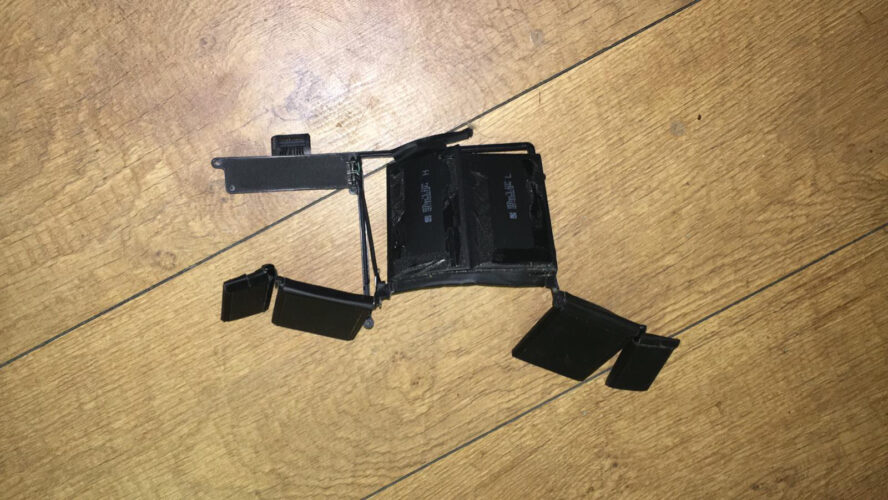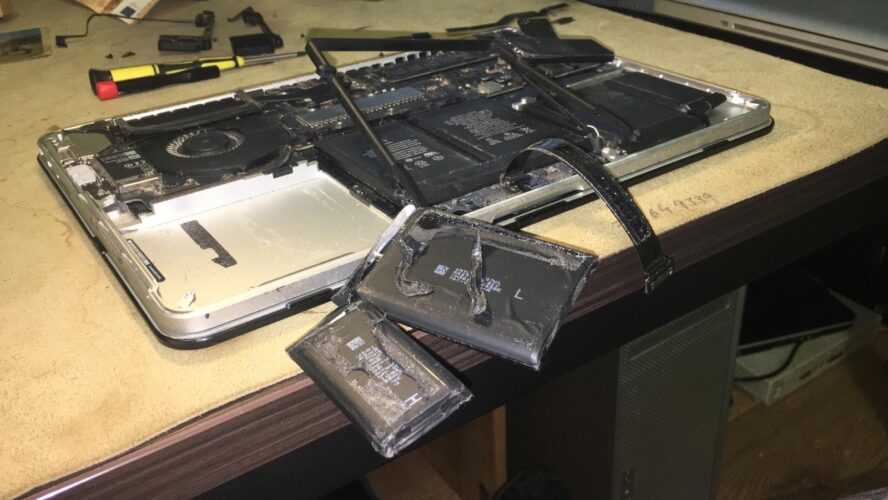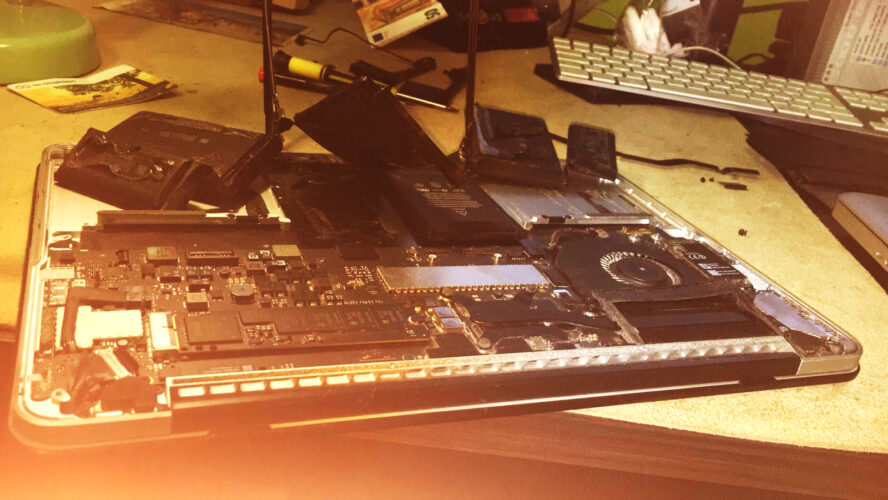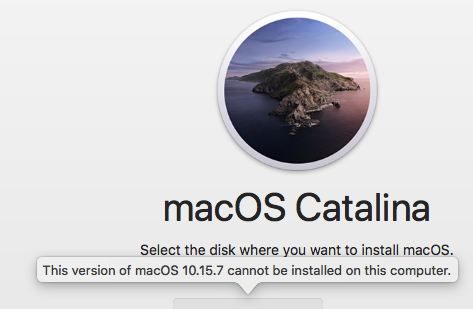How does the number of cycles affect a laptop battery?
Let me explain in simple terms. Every Li-Ion batteries can charge and discharge only a finite number of times. Let’s say 10,000 times for example. A battery charged from 0% to 100% and discharge from 100% to 0% will include one full cycle. If you charge from say 30% to 80% you have used up 1/4th of a cycle. If the battery discharges to 30% then you have used half a cycle. So every charge-discharge counts.
There is no guaranteed cycle count that a manufacturer can provide. They will give you an approximate. Your battery may last longer if you are lucky and shorter if you are unlucky.
What happens if my laptop’s battery reached 1,000 battery cycles?
Usually a good quality battery has 450 to 500 battery cycles, after which the battery capacity drops to 70%. For example, a battery with a capacity of 4400mAh will be 3080mAh after 500 cycles, the output current will also drop depending upon battery quality.
Pushing it further to 1000 cycles is surely a bad idea as the capacity will drop downto ~1700mAh and cannot output enough current, playing games will forcefully shutdown the laptop. Overcharging may result with the internal leakage of battery cells.
If you are thinking you are already above 1000 cycles and using the battery, then you are wrong.
You might already know that a charge from 0% to 100% is counted as 1 cycle. But it is not true for all percentage ranges, like charging from 50% to 60% is considered as only 0.02% to 0.03% and from 0% to 1% is ~0.1 cycle.
A daily laptop user might complete 500 cycles in 3 years, and a user how cares that the percentage should not fall below 30% will last for aprox 5 years.








